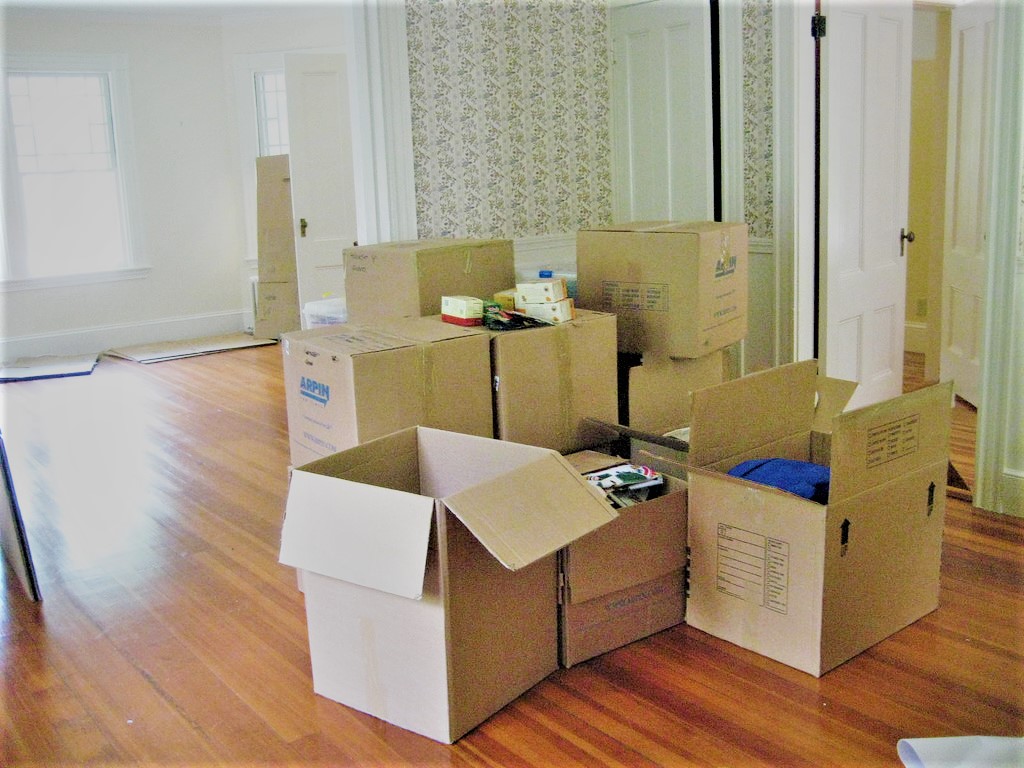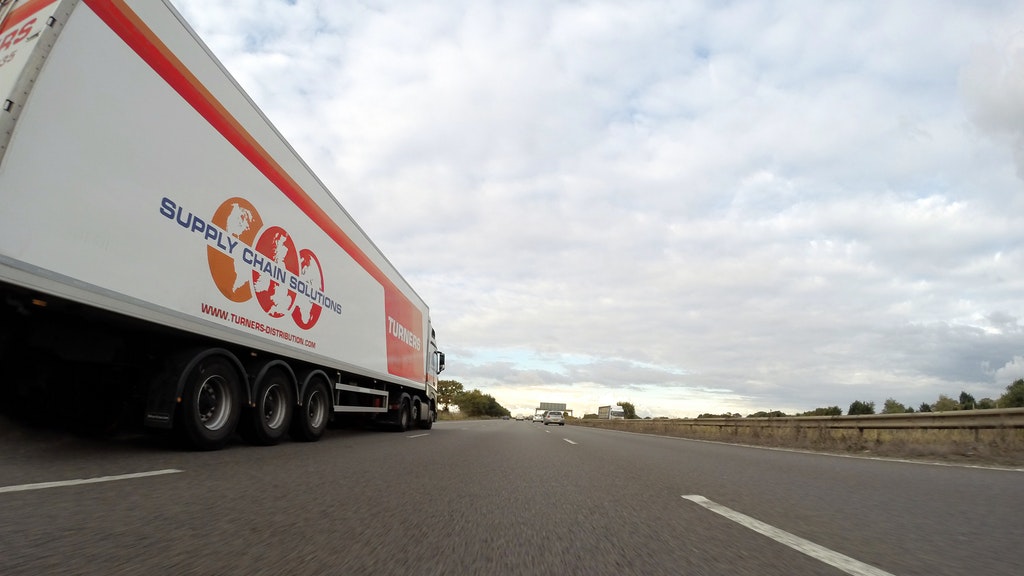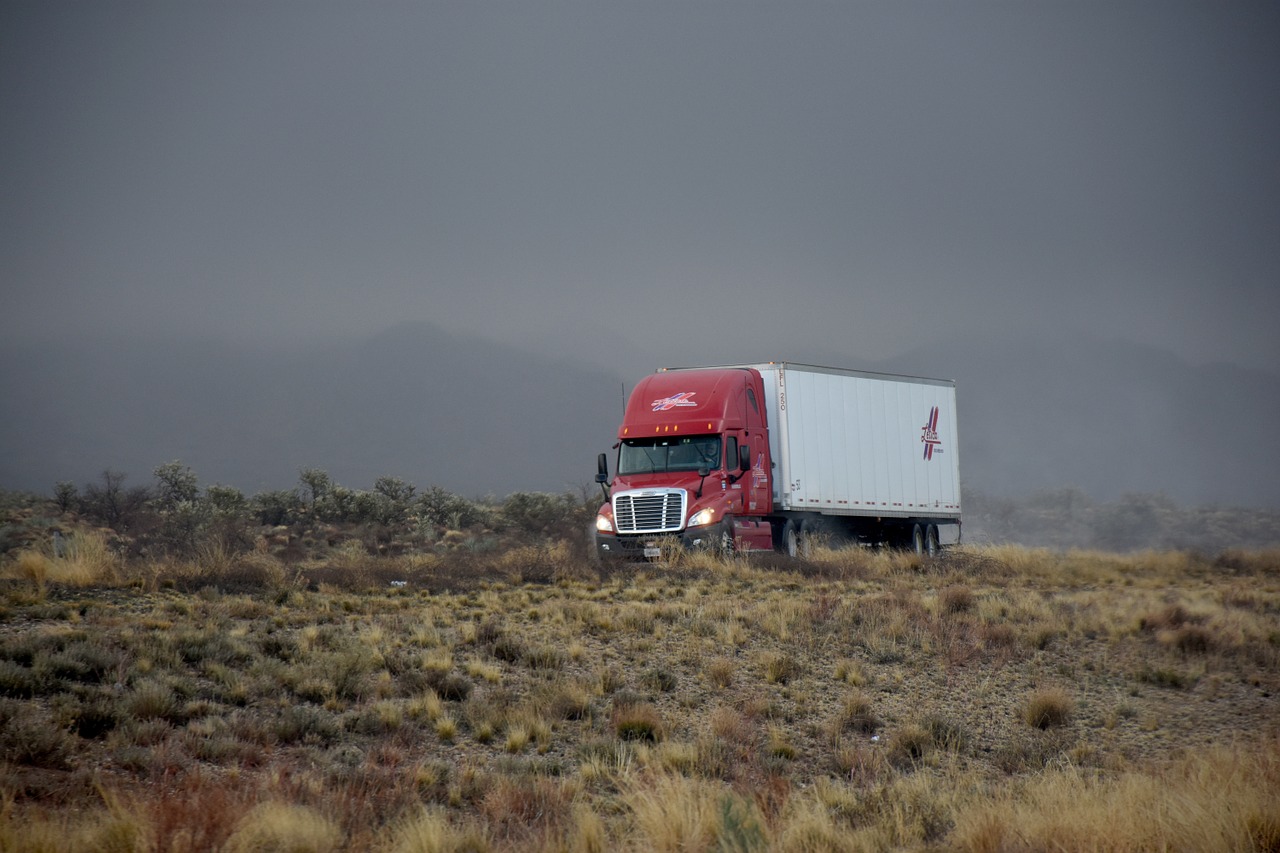Are you in the process of planning a long-distance move to Austin? If so, you’re in for a pretty stressful experience. See, The City of Violet Crown bubble with so much activity that settling down within its premises can be tiresome and time-consuming. Thankfully, you don’t have to do it alone. You have the convenient option of hiring a reliable moving company. Unfortunately, many fraudulent movers exist out there and it can be difficult to determine which companies are reliable. In this blog post, you will learn seven proven facts about hiring a trustworthy moving company, so you don’t end up with a regrettable experience.
1. Understand Your Priorities
Before you even start contacting moving companies, take some time to think about your needs first. What is the most critical factor to you when choosing a mover? Is it price? speed? Ease of use? Or a sweet mix of it all? On top of that, how much are you willing to spend? When you have an idea of your expectations, it will help you weed out companies that don’t fit your bill.
2. Know Your Budget
Setting a budget is crucial, especially when planning a long-distance move, and it’s often a more complex task than budgeting for a local move. Unlike local moves, where the primary cost factors are typically just the time and distance, long-distance moves involve additional variables that can significantly impact your budget. These may include the weight of your belongings, the distance traveled, and any additional services required, such as packing, storage, or special handling for delicate items.
For those who’ve only moved locally before, it’s important to understand that long-distance moves are generally more expensive and require more detailed financial planning. The average local moving cost in Austin, TX is $941, but moving across states could easily run into the thousands, depending on the size of your household and the services you choose. When setting your budget, consider all potential expenses, such as:
- Transportation Costs
- Additional Fees
- Insurance
- Storage Costs
- Timing
3. Do Your Research
You might be thinking, aren’t you doing research right now reading this article? Yes, and that’s a good start. However, now that you know what you’re looking for, it’s time to dig even deeper.
Once you’ve been in contact with a potential mover, start by checking review sites like Yelp, Google Reviews, and Angie’s List, where you can get an idea of the company’s past customers’ experiences. Be careful about fake reviews. It might be a good idea to contact a referral and hear the actual story from them.
After evaluating the reviews, it’s time to inquire about the most important part: your mover’s licenses. Having a legitimate license proves that the movers have complied with the proper operation requirements. That said, for a long-distance moving company based in Austin, the credentials you should be looking for include:
- BBB Rating – The BBB or Better Business Bureau is a credible organization that compiles complaints regarding transport companies. If your potential movers raise a crimson flag, it’s best to steer clear.
- The company’s USDOT Number – this number can be entered on the FMCSA’s mover search tool to gain crucial data regarding a company’s registration status.
- Texas DMV Number – Same as the USDOT number but is specific for transport companies working within the Lone Star State.
4. How Long The Movers Have Been in The Business
Although there are plenty of new companies who are excellent at what they do, the safest bet for your money is a company that has been in the business for a considerable while. More specifically, work with movers who know Austin by heart. They will be able to weave across the neighborhoods without issues. The more experience your movers are, the more likely they will be able to troubleshoot problems with ease, the faster the job gets done, and the less stressful your entire experience will be.
5. Do The Packing Yourself
Having movers do everything without you having to lift a finger is convenient, but it can be too expensive for the average household. An excellent way to cut down costs is to do the packing yourself. This means you will need to hire a moving company that offers labor-only services. This way, you save yourself from the physical burdens of carrying your stuff while still being able to save money on your move. Just be sure to shop for quality materials and do some extra research on how to pack your items as securely as possible.
6. The Company’s Insurance Coverage
Insurance is crucial, especially when it comes to something as expensive as moving. You don’t know when accidents or calamities will strike, even if you’re hiring the best company in Austin. That being said, understand that movers are required to provide valuation coverage equivalent to $0.60 x the weight of the damaged/lost item in pounds. This might be fair for casual stuff, but what about something as expensive as a TV or a fridge? If you’re moving some appliances or important furniture, consider talking with your potential company to get a full valuation coverage, albeit for a higher price.
Austin is a great place with loads of opportunities and scenic attractions. Your decision to move there might be one of the best yet. That said, don’t let all this fuss surrounding the relocation stress you out. It’ll be over soon, and you’ll be enjoying life in your new neighborhood. Now that’s something to look forward to!












